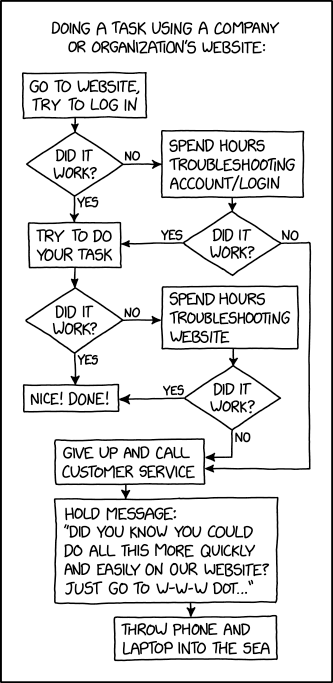In yet another pointless sop to his ego, the president has renamed the Institute of Peace after himself.
The Trump administration has renamed the U.S. Institute of Peace after President Donald Trump and has planted the president’s name on the organization’s headquarters despite an ongoing fight over the institute’s control.
It’s the latest twist in a seesaw court battle over who controls the U.S. Institute of Peace, a nonprofit think tank that focuses on peace initiatives. It was an early target of the Department of Government Efficiency this year.
On Wednesday, the State Department said it renamed the organization to the Donald J. Trump Institute of Peace to “reflect the greatest dealmaker in our nation’s history.” The new name could be seen on its building, which is near the State Department.
This is the first I’ve heard of the US Institute of Peace — apparently it was founded by Reagan, has floundered ineffectively for decades, and was recently gutted by DOGE, so I can’t be too wound up about this renaming. It’s still yet another transparent ploy by Trump to get a Nobel Peace Prize, and I’m disgusted by the game he’s playing.
Our next president had better be motivated to expunge the Trump name from every building and every document, unless it is to damn him to hell. Our national shame is being advertised everywhere, and I hate it.











